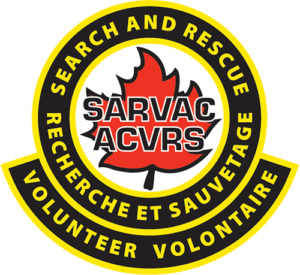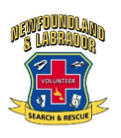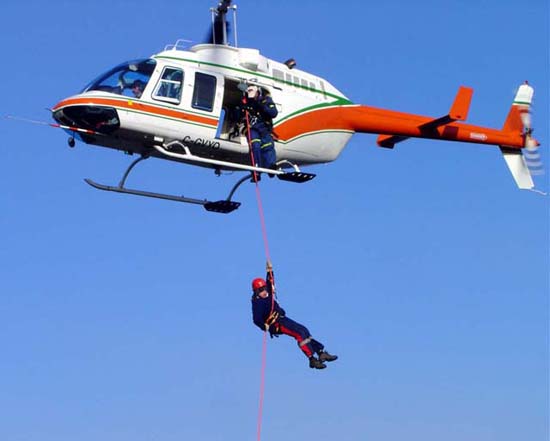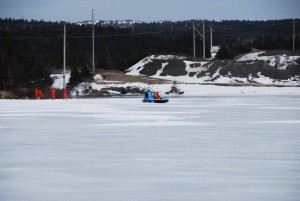Newfoundland and Labrador is Canada’s most easterly province, with Cape Spear recognized as the most easterly point in North America.
The island portion of the province is the tenth largest island in the world. At 111,390 square kilometres, it rivals, in area, the three Maritime Provinces, Nova Scotia, New Brunswick, and Prince Edward Island, combined. With the addition of the vast territory of Labrador, The Big Land, as it is known, the province covers a total area of 405,212 square kilometres, and has more than 29,000 kilometres of unspoiled coastline. No part of the island is more than 100 km from the ocean.
The majority of the province’s 530,000 residents live on the island portion of the province, half of whom populate the most easterly Avalon Peninsula, where the capital city of St. John’s is located. The remaining 8% live in Labrador, which has a huge expanse of wilderness area.
A unique feature of the island portion of the province is that it operates in its own time zone, Newfoundland Standard Time which runs a half hour ahead of our closest provincial neighbour.
The geography of the province is diverse, from old growth boreal forest, flood plains, mountainous areas, plateaus, etc. The geology of the area is also very diverse, resulting in many areas of coastline having high, sheer cliffs.
There have been volunteer search teams operating in Newfoundland for approximately fifty years. In 1998, the Newfoundland and Labrador Search and Rescue Association (NLSARA) was formed out of the groups of volunteer teams operating independently across the province. The new group operated with an executive, under the direction of the Provincial Department of Justice, working closely with the Royal Canadian Mounted Police (RCMP) and the Royal Newfoundland Constabulary.
Presently there are twenty-five teams in the province governed by NLSARA, with approximately nine hundred members.
As the terrain is much diversified, so must our abilities, training, and equipment be.
Each team is assigned a standard radio frequency. All teams have radio repeaters and have real-time tracking ability built into their radio systems.
There are helicopter high-angle and high-angle rescue teams strategically located around the province. These teams are fully equipped and their certifications are kept up-to-date.
Due to the amount of inland water in the province, many types of water craft, including conventional types, inflatable types and air boats are located around the province, again with all training, necessary equipment, and certifications provided.
In addition, a full fleet of ATV’s, snowmobiles, trailers, and equipment is at the ready, for our fully-trained members to avail of, as to the dictates and requirements of their various areas. Teams practise and promote mutual aid, through the sharing of manpower and equipment as the need arises.
Many of our teams are called upon by the RCMP or the Royal Newfoundland Constabulary to supply manpower and equipment for evidence searches and other assigned tasks. Our contribution has led to the successful resolution of many cases and our expertise is highly valued by all of our police force.
Teams throughout the province are proud to be involved in “Adventure Smart”, which is a national program designed to educate people how to prepare for and participate in the Canadian out-of-doors. One of its main focuses is emergency preparedness, dealing with problems that arise when things go wrong.
For more details about our activities, please visit our website.



